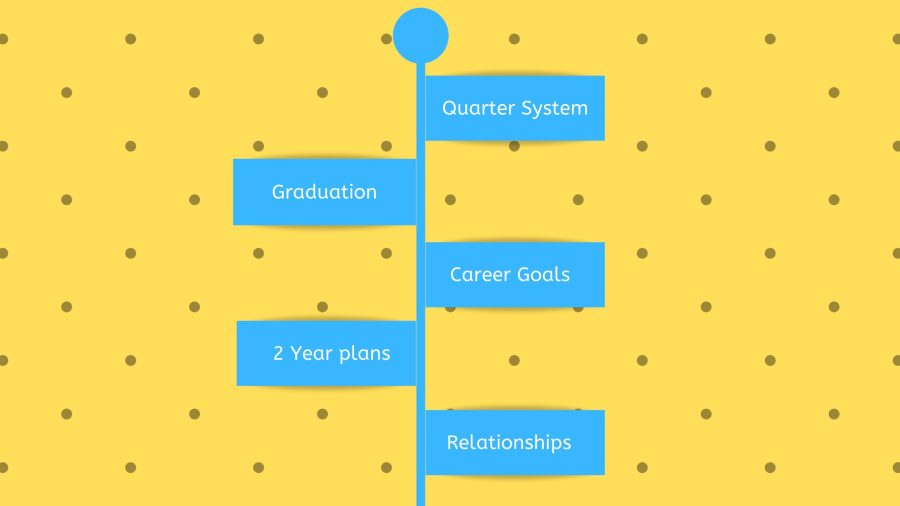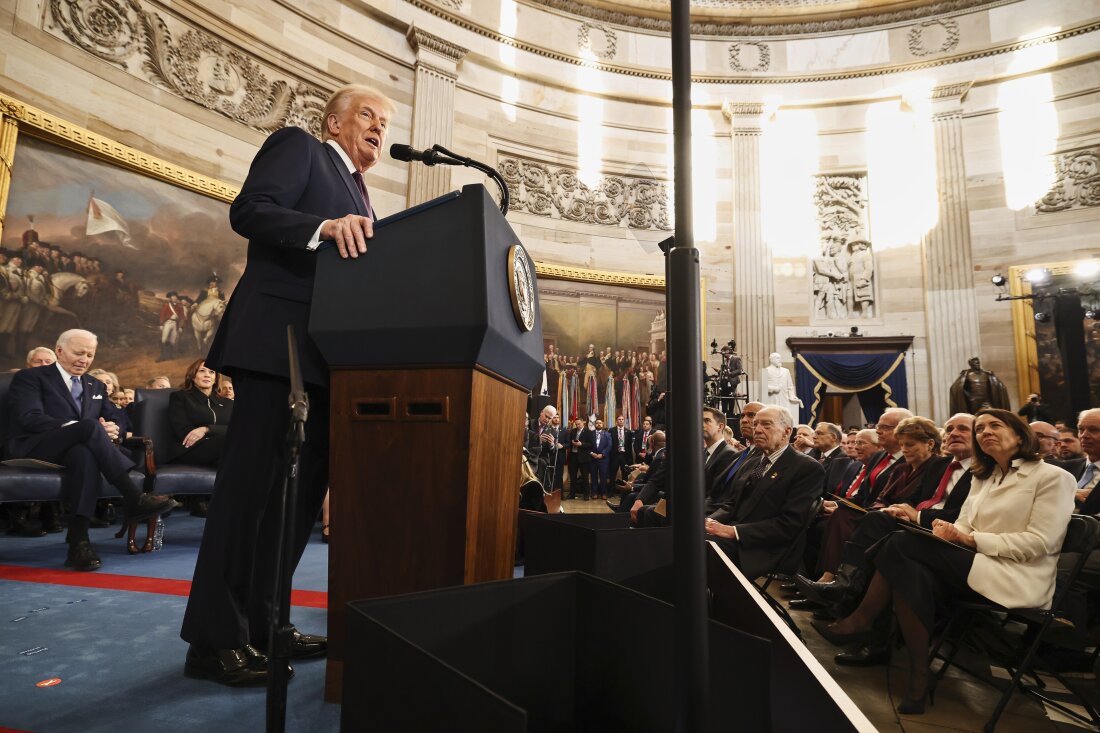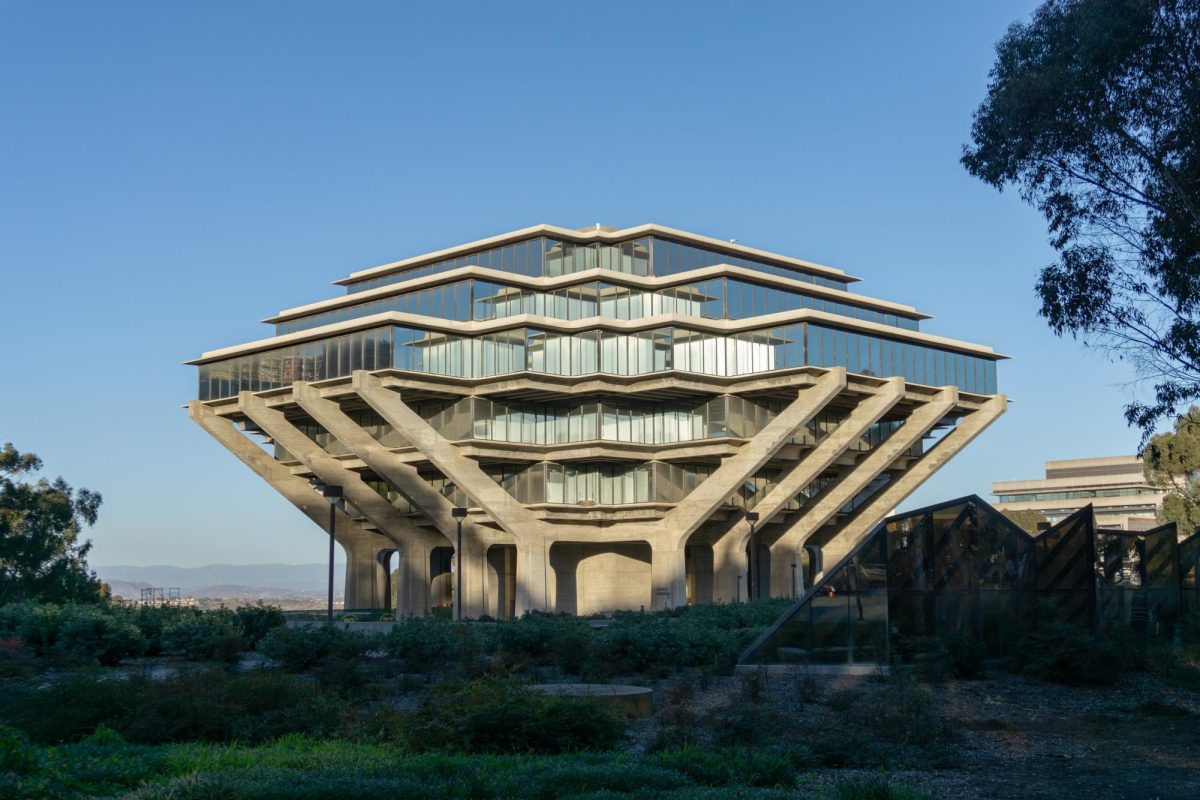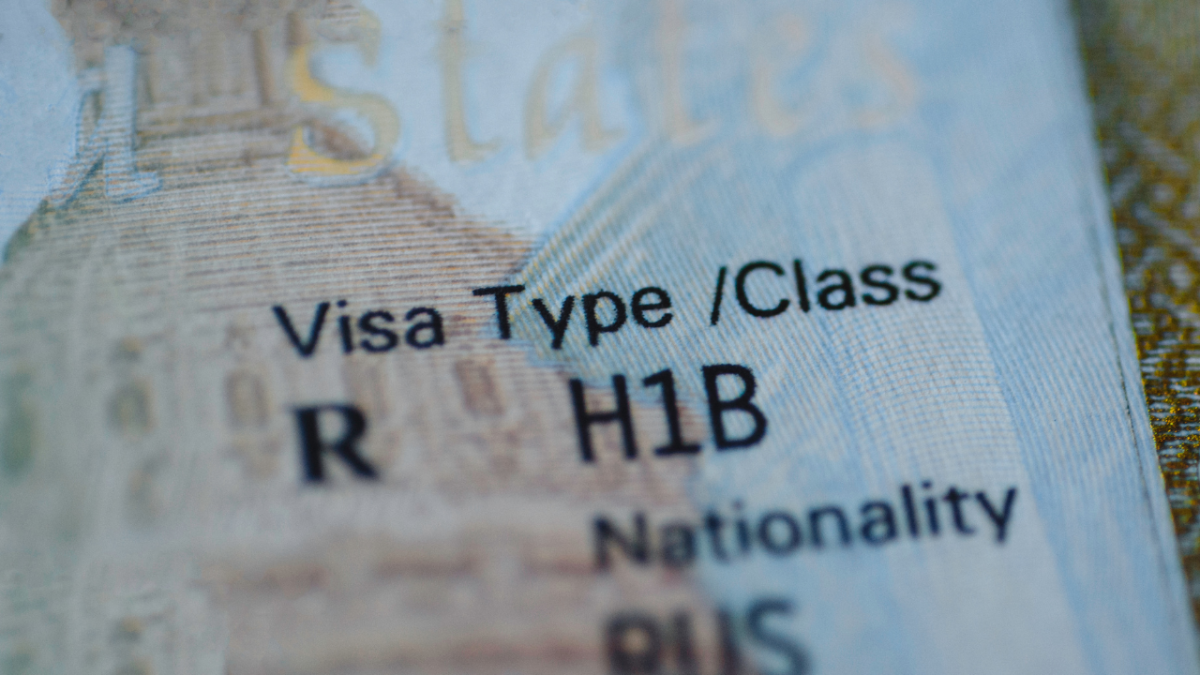At this year’s convocation, each speaker assured the audience that their presence at UC San Diego mattered. Yet, in praising “the class of 2023” those who “just graduated from high school,” most of these speakers forgot about transfer students. This was despite the fact that convocation serves as a welcome UCSD’s over 3,000 incoming transfer students in addition to Freshman. This mistake, along with the numerous social, academic, and professional obstacles that transfer students deal with at UCSD suggests that more needs to be done. To start facilitating better service, consideration, and celebration of its transfer population, UCSD should create a Transfer Resource Center.
A transfer resource center could help alleviate the unique challenges many transfer students face at UCSD. For one, UCSD transfer students must learn to navigate the quarter system at a much faster rate and with less time to fix a fallen GPA or a failed class than their freshmen counterparts. Additionally, compared to incoming freshmen, incoming transfer students must learn about and utilize the resources and programs available to them at UCSD in much less time if they want to graduate on schedule and fulfill their career goals. The Village at Torrey Pines, soon to be replaced by a seventh college, currently seeks to assist transfers in this process. However, the Village does not serve all of UCSD’s transfer students. It also lacks dedicated resources, like a staff that does not have to work primarily with housing concerns. It addition, it also lacks the independence that resource centers have. Given these hurdles in navigation, a dedicated resource center, in addition to transfer housing, would ensure transfer students are better acknowledged and supported.
To the greater campus community and UCSD’s administration, Transfer students at UCSD are also often forgotten about, or an afterthought. Tangibly, this means that almost all events and resources at UCSD are provided with non-transfers in mind. The UCSD Career center’s “prepare for Med school” page provides a clear example of this. It boasts a four year plan for UCSD medical school applicants to follow, but offers no two year equivalent for transfers aspiring to medical school. Attending a university that continually neglects their needs and presence on campus elucidates why many transfer students end up feeling disconnected from and unappreciated at UCSD. The dedication of a transfer resource center would begin remedying these issues by bringing the presence of UCSD’s transfer students to the forefront of campus officials’ attention. It’s creation and funding by the university would also demonstrate a greater commitment on UCSD’s part to serving and celebrating the growing number of transfer students on campus. This reason will only become more compelling as transfer students are moved further away from campus in the upcoming years.
Providing students with a transfer resource center would also help facilitate a better sense of connectedness to UCSD for the school’s annually expanding commuting transfer students. Currently, commuting transfers without previous connections can generally only comfortably connect with other UCSD transfer students through Facebook groups, sporadic university wide transfer events, or by sheer chance. A transfer resource center would remedy this by giving commuting transfer students an intentional space to build relationships with other transfer students. The center could also provide a comfortable place for commuting transfer students to hang out, study, and thus more strongly identify with the greater UCSD Community.
Additionally, although UCSD offers commuter spaces in the colleges that commuting transfers can utilize, these spaces often do not resonate with commuting transfer students. This leaves them underutilized by commuting transfer students. A key reason for this is that commuter lounges are not welcoming to transfer students; transfer students never live in their colleges and therefore do not develop the same relationship with the space. To compound this problem, few of the colleges seek to strengthen this relationship by providing transfer students with resources or events in these spaces. An equally important drawback to commuter spaces is that most of these commuter lounges are located in inconvenient places, an issue that a transfer resource center could remedy. Building a transfer resource center could therefore provide a space for commuting transfer students that they would actually want to use.
A transfer resource center would also supply long term benefits; the space and resources from a transfer resource center would increase transfer students’ ability to impact the decisions that affect transfers on campus. For example, resource centers generally have directors who can directly advocate for the center’s needs and the students for whom those resource centers serve. Transfer organizations, like The All Campus Transfer Association , would also benefit from a resource center because they would have a clear and dedicated space to meet and organize from. Thus, a transfer resource center could bolster transfer students’ voices and therefore ensure future transfer students have a more positive experience at UCSD.
To address many of the needs outlined above, several universities, including UCLA and UC Santa Barbara amongst other University of California schools have recently crafted their own transfer resource centers. Therefore, it is increasingly being recognized across the UC System that spaces and staff solely devoted to transfer student’s success, advocacy, and community building are needed. We may brand ourselves as a school of non-conformists and visionaries, but in this regard, perhaps it’s high time that UCSD follow suite and produce a transfer resource center of its own.
Photo courtesy of Geena Roberts.














